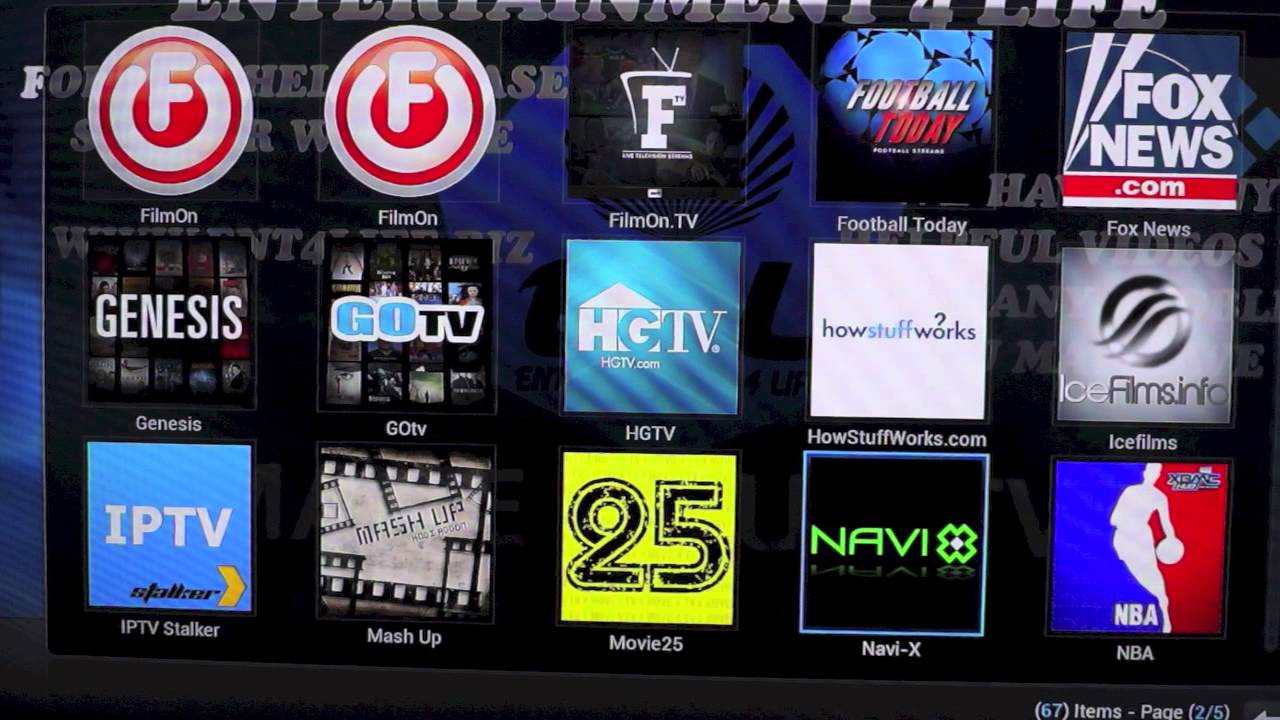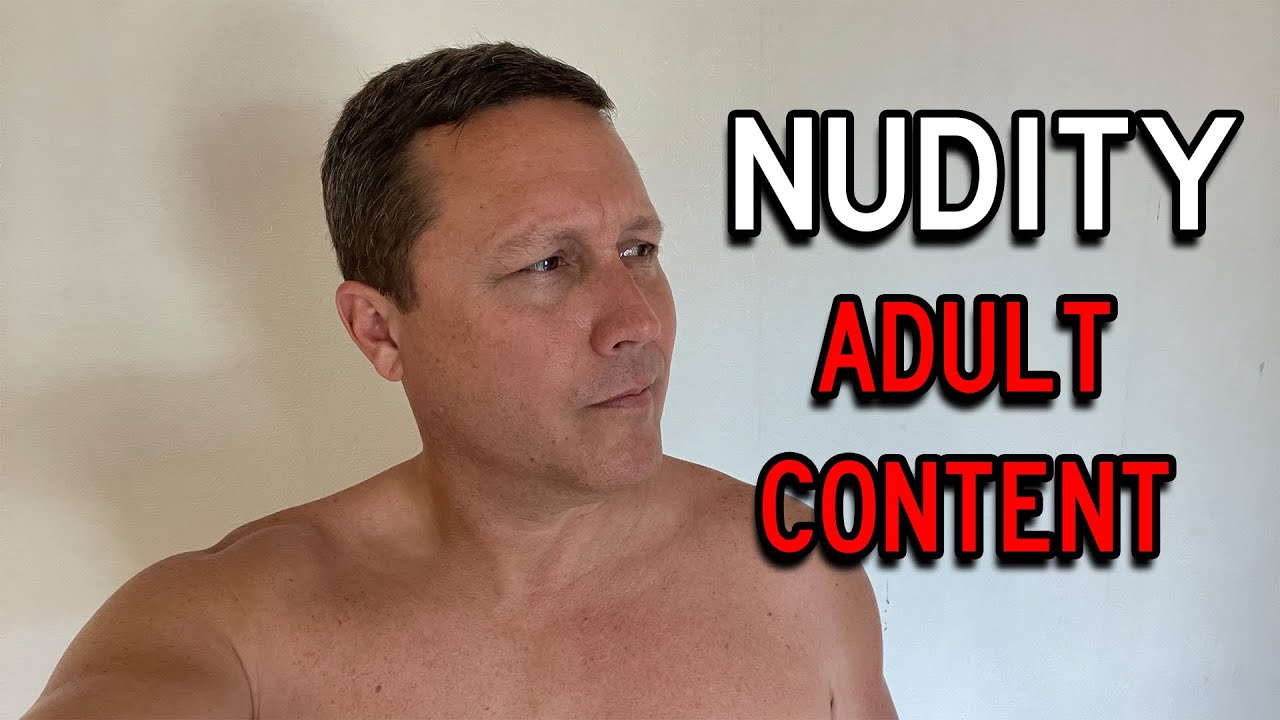In today's digital age, YouTube stands as a colossal platform for video sharing and viewing, attracting billions of users globally. However, as a user-friendly platform, it also faces challenges in managing its diverse range of content, particularly when it comes to adult material. This blog post aims to unpack the multifaceted issue of adult content on YouTube, shedding light on the platform's guidelines, the nature of this content, and its implications for users and creators alike.
Exploring YouTube's Content Guidelines

Understanding YouTube's approach to adult content starts with an exploration of its content guidelines. These guidelines are essential in maintaining the platform’s mission to provide a safe and respectful environment. Here’s a breakdown of key aspects:
- Community Guidelines: YouTube has established Community Guidelines that detail what is and isn't acceptable on the platform. Adult content falls into categories including sexually explicit material, nudity, and content meant for adult audiences.
- Explicit Content: Videos containing sexually explicit content or pornography are strictly prohibited. This includes any visuals or performances that aim to arouse or gratify sexual interests.
- Nudity Policy: While YouTube allows some educational or artistic nudity, such as documentaries discussing health or body positivity, any content perceived to be pornographic or overly sexual will likely face removal.
- Age Restrictions: YouTube employs age restrictions for videos that feature adult themes or mature content. Users under the age of 18 are blocked from accessing such content, promoting a safer viewing experience for younger audiences.
While YouTube makes efforts to filter adult content, the line can sometimes be blurred. Its reliance on both automated systems and user flagging means some adult material might slip through the cracks, leading to ongoing debates about censorship, artistic freedom, and user experience.
Categories of Content on YouTube

YouTube is a vast ocean of video content, with millions of creators uploading diverse materials every day. The platform features various categories that cater to the interests of its wide-ranging audience. Let’s take a look at some of the major content categories that thrive on YouTube:
- Entertainment: This includes music videos, comedy skits, and vlogs. Creators in this category aim to engage and amuse viewers.
- Education: Educational channels offer tutorials, lectures, and informative content. Whether it’s a cooking class or a physics lesson, this category aims to inform and enlighten.
- Gaming: Gaming content is immensely popular, with creators uploading playthroughs, reviews, and live streams of the latest games. Gamers connect with their audience through commentary and gameplay analysis.
- Beauty and Fashion: This category showcases makeup tutorials, fashion hauls, and skincare routines. Many influencers here set trends and inspire followers with their personal style.
- Health and Fitness: Channels focusing on health provide workout videos, nutritional advice, and mental well-being tips, catering to those interested in improving their lifestyles.
- Technology: This includes unboxing, reviews, and tech news. Tech enthusiasts keep their audience updated with the latest gadgets and innovations.
- News and Politics: Many creators address current events and political issues, providing commentary and opinion on matters affecting society.
While YouTube does its best to categorize content and ensure it aligns with community standards, certain videos may still straddle the line of acceptability, leading to the presence of adult-oriented content within some channels. The diversity of categories allows the platform to cater to various audiences, fostering community and dialogue.
The Role of Community Guidelines and Reporting Mechanisms
One of the essential pillars of YouTube's structure is its Community Guidelines. These guidelines set the standard for acceptable content, guiding creators on what is permissible. The overarching goal is to maintain a safe environment for all users. Here’s how it works:
- Content Restrictions: YouTube forbids adult content, graphic violence, hate speech, and harassment. Creators must understand these rules to avoid penalties.
- Age Restrictions: Certain content may be flagged for mature audiences, requiring age verification for viewers to access it.
- Content Neutrality: YouTube’s algorithms can automatically flag content that violates guidelines, though the review process includes human oversight.
Now, let’s talk about reporting mechanisms. If users encounter content they believe violates community standards, YouTube encourages them to report it. Here's how:
- Click the three dots next to the video title.
- Select “Report” from the dropdown menu.
- Choose the appropriate reason for reporting, such as “Sexual Content” or “Violent or Repulsive Content.”
- Submit the report.
The process ensures that the community plays a role in maintaining YouTube's integrity. Content flagged by users undergoes review, which can lead to removal, age restrictions, or demonetization as deemed necessary. In this way, YouTube actively works to balance freedom of expression with safety and appropriateness, crucial in curbing the presence of adult content on the platform.
Viewer Responsibility: Recognizing Inappropriate Content
When it comes to viewing content on YouTube, each viewer has a crucial role to play in recognizing inappropriate material. It’s essential to be aware of what constitutes unsuitable content, so you can make informed decisions about what to watch and share.
*What to Look For:
- Explicit Language: Videos that excessively use profanity or obscene language can be considered inappropriate.
- Sexual Content: Any nudity or sexually suggestive themes should raise a red flag.
- Violence: Content that showcases graphic violence or promotes harmful behavior is likewise concerning.
- Hate Speech: Videos that incite violence or promote hatred against specific groups cross a serious line.
- Misinformation: Deceptive content, particularly regarding health and safety, can also be detrimental.
Using YouTube’s Tools:
Luckily, YouTube provides several tools to help you navigate content effectively:
- Age Restrictions: Use age restriction settings to filter out inappropriate content for younger viewers.
- Report Feature: Always report videos that violate community guidelines. Your report helps maintain a safer platform for everyone.
- Parental Controls: For parents, utilizing parental controls may help guide children towards appropriate content.
By actively participating in content moderation, viewers can foster a more respectful and safe viewing environment for everyone.
Alternatives and Safe Viewing Practices
In a digital landscape overflowing with content, it's vital to find safe and suitable alternatives to adult-oriented media on platforms like YouTube. Here are some strategies to ensure you're engaging with family-friendly material.
Consider Alternative Platforms:
- Kids YouTube: This separate app is tailored for younger audiences, filled with educational and entertaining videos designed specifically for kids.
- Vimeo: Known for high-quality artistic content, Vimeo often features professional videos that do not contain inappropriate materials.
- Educational Websites: Platforms like Khan Academy or National Geographic offer excellent non-adult content, perfect for learning.
Safe Viewing Practices*:
- Use Filters: Implement YouTube’s Restricted Mode to help block potentially inappropriate content.
- Check Video Descriptions: Before diving into a video, read its description and comments to gauge its suitability.
- Watch Together: If you're a parent or guardian, consider watching videos with your children to discuss any questionable content that arises.
By embracing these alternatives and safe practices, you can ensure a more enjoyable and secure viewing experience on YouTube and beyond.
Understanding the Presence of Adult Content on YouTube
YouTube, as one of the largest video-sharing platforms in the world, hosts a vast array of content, ranging from educational videos to entertainment. However, the presence of adult content has sparked ongoing debates regarding the platform's content moderation policies and community guidelines.
Adult content on YouTube can typically be categorized into several types:
- Explicit Language: Videos that contain strong language or are intended for mature audiences.
- Sexual Content: Vlogs, tutorials, or discussions that feature nudity or sexual themes.
- Suggestive Themes: Content that alludes to sexual situations but may not contain explicit imagery.
- Adult Humor: Comedy skits that may include adult jokes or innuendos.
The platform implements several measures to regulate adult content, including:
| Regulation Method | Description |
|---|---|
| Age Restrictions | Users must confirm their age to view certain videos tagged as mature. |
| Content Moderation | YouTube employs both algorithms and human reviewers to monitor and remove inappropriate content. |
| User Reporting | Viewers can report videos that they deem to violate community guidelines. |
While YouTube strives to create a safe environment, the challenge of balancing freedom of expression with strict community standards remains profound, leading to a continuous evolution in its policies.
In conclusion, while adult content is present on YouTube, the platform actively works to manage and regulate it through various measures, fostering a space that attempts to balance user freedom with community safety.










